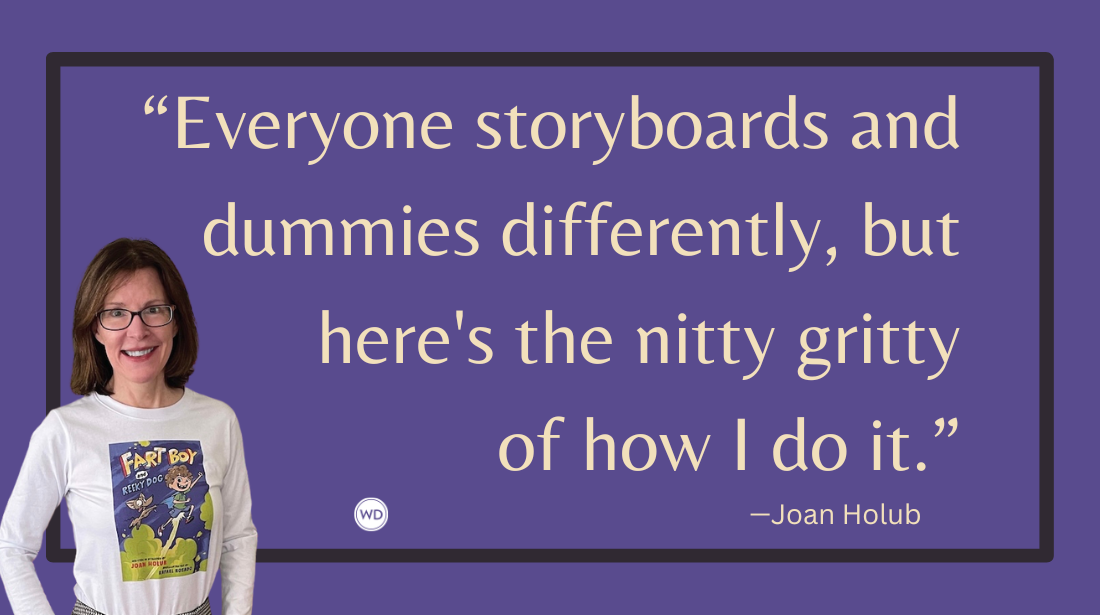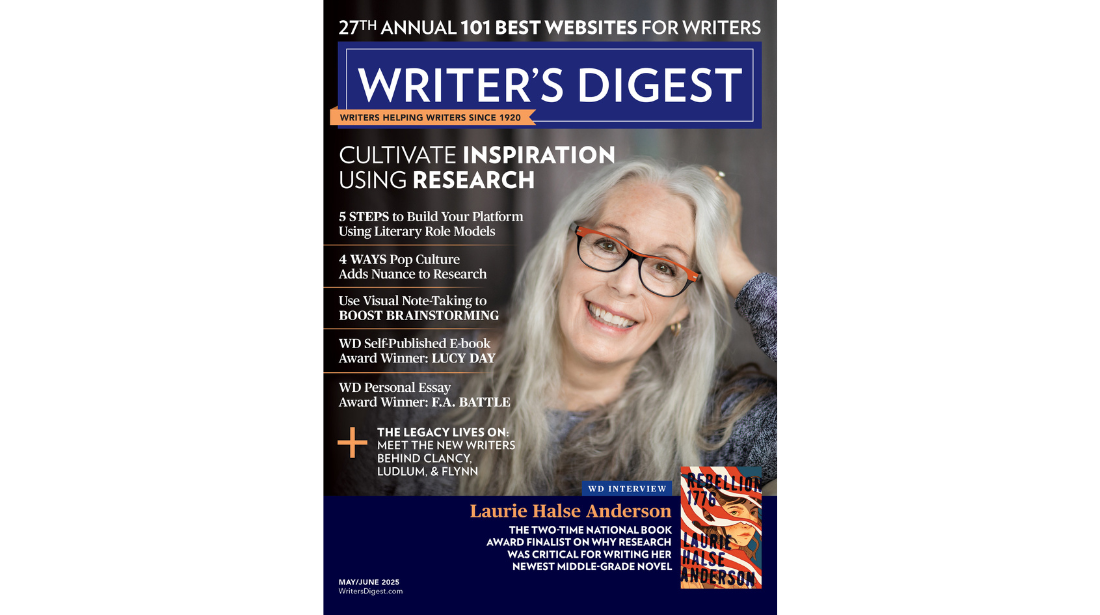The Pleasures and Perils of Writing Historical Fiction
Romance author Eva Leigh explains the complications in writing a historical romance and provides tips for how to do it well.
With Bridgerton cementing its status as Netflix’s currently most-watched series, and subsequent interest in all things Regency and historical—especially historical romance—you may be wondering, why? What’s behind this fascination with history?
The past is a complicated place. Falling into fantasy regarding history can be easy for some, and more difficult for others, as it can evoke gentility, manners, pretty clothes, and breathtaking settings. Yet the backbone of much of this privilege came at a cost to many, with a darker, grimmer side that can’t and shouldn’t be ignored.
Much of the wealth of the English aristocracy was supported by the Transatlantic slave trade, as well as plantations in the Caribbean and the American South that exploited enslaved people as labor. It’s important to recognize this as part of the fantasy of history.
For all its complexities, there can be an allure to the past, and one that entices many readers. As writers, we can take inspiration from historical stories and weave them into new narratives.
Weaving Old Histories Into New Narratives
The history that’s taught in school is often biased in favor of particular discourses that perpetuate the notion that the only significant stories that mattered were overwhelmingly white, Christian, able-bodied, cis-gendered, and heterosexual. But we know that there’s far more to history than what textbooks or the BBC show us.
Writing historical stories in our current era allows authors to shine a light on the beautiful diversity that has always existed. There are stories of courage, triumph over adversity, and joy. There has long been a perception in mainstream media that any stories about marginalized people must only depict those stories as ones of struggle, tragedy, and suffering.
But this again is a false narrative that perpetuates harmful stereotypes and ideology. When a writer shows love, joy, and hope within the framework of history, they break the harmful, damaging loop.
There’s a particular joy that comes from research, and the beauty of learning new things, and interpreting them through the lens of fiction. Seize the opportunity for readers to learn about the past but through the pleasure of storytelling. We give historical figures dialogue, physical mannerisms, wants, needs, and fears, and show the visceral experiences of an event.
Incorporating Elements of the Past Into Your Stories
A caveat: when considering incorporating elements of the past into your work, be sure to ask yourself if you are the right person to tell a particular story. Is it your story to tell? Are you speaking for a marginalized group of which you yourself are not a member?
Perhaps there is something fascinating in your own ancestral past that you can write about from your own lived experience. By so doing, not only do you ensure that your narrative isn’t harmful, but you can imbue it with all the vitality that comes from its significant and immediate connection to your past.
IndieBound | Bookshop | Amazon
[WD uses affiliate links.]
The shared experience with the past continues to resonate, and through our work, we can come to understand that certain external circumstances have changed, but the root of the human experience remains constant. We’re born; we learn, love, experience loss, strive for meaning, and confront the profundity of death.
Sometimes, through the lens of history, we can understand ourselves and our current times. We take courage from the fights of the past, and see hope for ourselves in the others’ determination to persist.
Writing history isn’t an easy task—there’s research, there’s confronting uncomfortable truths, and there’s also the need to make the past accessible and immediate. But the joys and rewards will always bring us back for more.
Eva Leigh is a romance author who has always loved the Regency era. She writes novels chock-full of determined women and sexy men. She enjoys baking, spending too much time on the Internet, and listening to music from the ’80s. Eva and her husband live in Central California.








